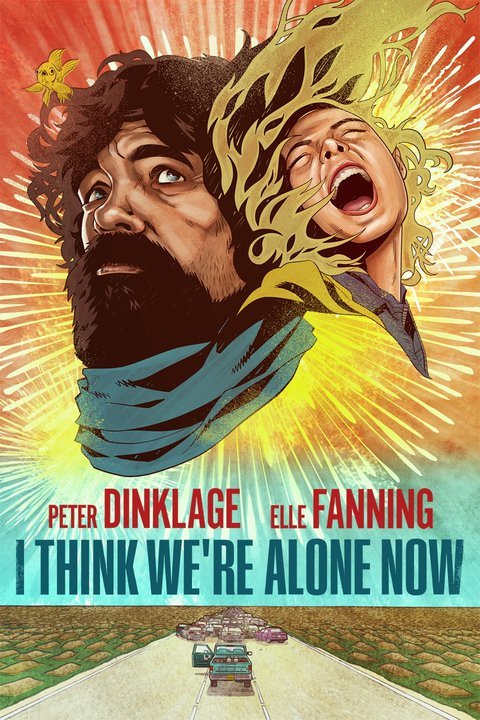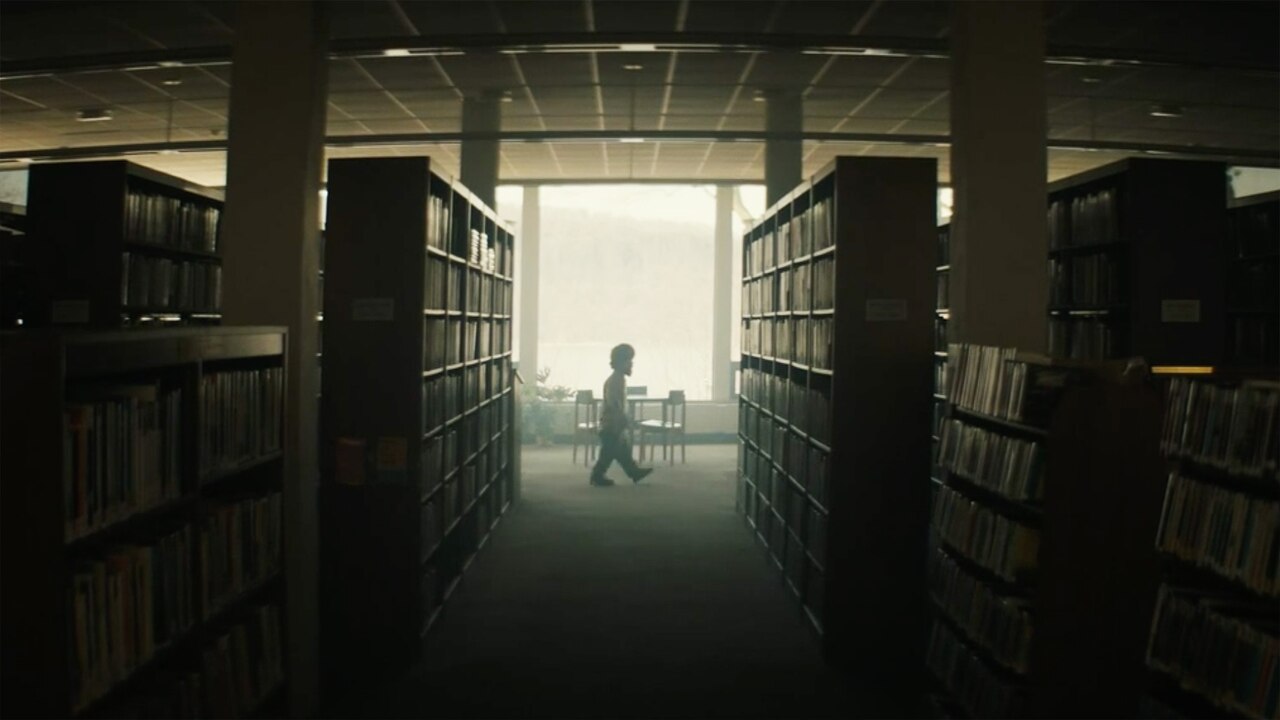
I Think We're Alone Now
- R
- 1h 33min
- Drama, Science fiction
- 21 1月 2018
- Director: Reed Morano
- Starring: Peter Dinklage, Elle Fanning, Paul Giamatti
A reclusive man builds himself a utopia in the wake of the apocalypse.

In Reed Morano’s new film I Think We’re Alone Now, the apocalypse proves a blessing in disguise for one lucky recluse — until a second survivor arrives bringing the threat of companionship.
As we meet Del (Peter Dinklage) and follow him through his solitary world, the first 15 minutes of the film unfolds with no dialogue, only sound effects and music. "You’re not told where you are or what’s happening — it unfolds in a nonverbal way," explains director and cinematographer Reed Morano, Emmy-winning director of The Handmaid’s Tale. "You’re seeing the world the way [Del] sees it. So you have to pay attention to understand what may or may not have happened and to fill in the blanks as to what kind of world he’s in."
"The opening of the film was what really hooked us, and made us realize that though Reed is known for her amazing cinematography, she also shows with this film that she understands how to use sound as a creative storytelling tool, to build a complete world for her characters,” said Dolby Institute director Glenn Kiser.
The sound is equally as important because what you're seeing is almost one dimensional. But the sound can feel all around you and totally immerse you and push you into the image.
REED MORANO, DIRECTOR/CINEMATOGRAPHER, I THINK WE'RE ALONE NOW
"Sound design and effects take center stage along with the music," said sound supervisor rerecording mixer Tony Volante. “[We had to] get rid of the roar of the real world and replace it with what would be left, which is nonhuman sounds. No electricity, no planes, no cars. Just nature. And our main character, as he walks around and handles things and moves around, all those sounds are enhanced, bigger than life.
“It was this incredible opportunity to figure out what the world would sound like, if all that was gone,” said film editor Madeleine Gavin. “What does emptiness sound like? Emptiness doesn't necessarily sound like nothing. So it gave us this enormous opportunity.”
The Dolby Institute Fellowship allowed Reed and her creative team to augment the film’s sound design and mix the film in Dolby Atmos®. Audiences attending the film’s premiere screenings at the Sundance Film Festival in 2018 got to experience the full Dolby Atmos mix of the film and be transported to a fully realized post-apocalyptic world.
Sound is important for every film, but for independent, lower budget films, sound is an amazing way to elevate the feeling and the scope of your film and to create a bigger palette than you might have had the money to afford.
MADELEINE GAVIN, FILM EDITOR, I THINK WE'RE ALONE NOW
"There’s a scene where Del is fly-fishing, and he's whipping the rod and you can hear it going back and forth,” said Morano. “But it goes from the left all the way above you to the right speaker, and it really feels like what it would sound like if you were sitting right in front of him in the boat. It's almost like you're not just watching the film, but you're in the film because you’re so enveloped by the sound.”
“I would wish I could mix every film in Dolby Atmos,” said Volante. “The clarity is what I find the most satisfying — being able to pull sounds around you and separate them and create a much bigger sound field is a huge asset. Even on a film like this — it's not a big war movie with bullets flying by or race cars zinging by — we’re a very quiet, small movie, but it still can take full advantage of Dolby Atmos by immersing you in those environments and hearing what quiet sounds like.”